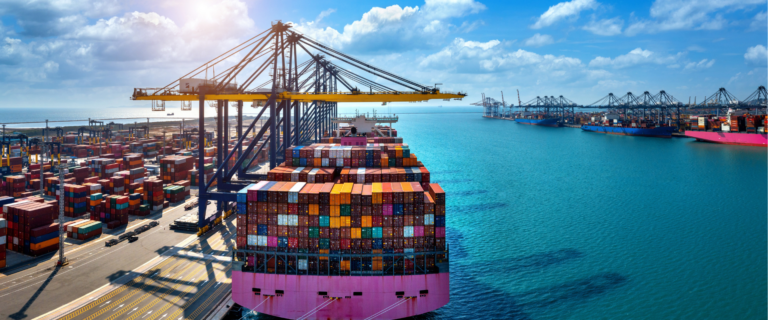
What is digitalization in maritime transport?
Digitalization in maritime transport refers to the use of digital technologies to streamline and enhance sector operations and processes. This involves implementing advanced supply chain management systems, data analytics tools, and IoT (Internet of Things) devices to monitor goods in real time. Digitalization boosts efficiency, transparency, and security in port operations and cargo transportation.
Key features of digitalization in maritime transport
- Process automation
- Port automation: Utilization of fully automated cranes and storage systems.
- Management systems: Advanced software for planning and controlling the entire supply chain.
- Real-time monitoring
- IoT devices: Sensors that track the location, temperature, and condition of goods in real time.
- Digital platforms: Tools that integrate data from various sources, providing complete visibility over the logistics chain.
- Data analysis
- Artificial Intelligence (AI): Algorithms that optimize routes and predict potential issues by analyzing data.
- Big Data: The analysis of large data sets to improve strategic decision-making.
Tips for implementing digitalization in maritime transport
- Needs assessment: Identify key areas that would benefit most from digital transformation.
- Staff training: Ensure the workforce is equipped to handle and leverage new technologies.
- Infrastructure investment: Acquire and maintain the appropriate hardware and software to support digitalization.
- Cybersecurity: Protect digital systems from potential cyberattacks through robust security measures.
- Collaboration: Work closely with partners and suppliers to ensure seamless and efficient technological integration.



